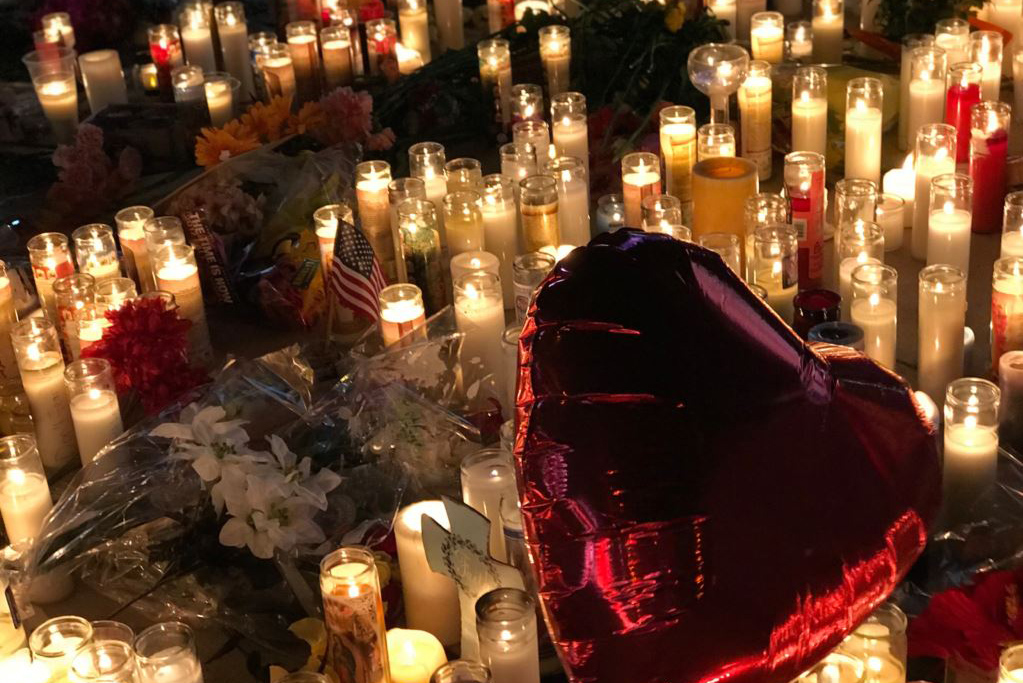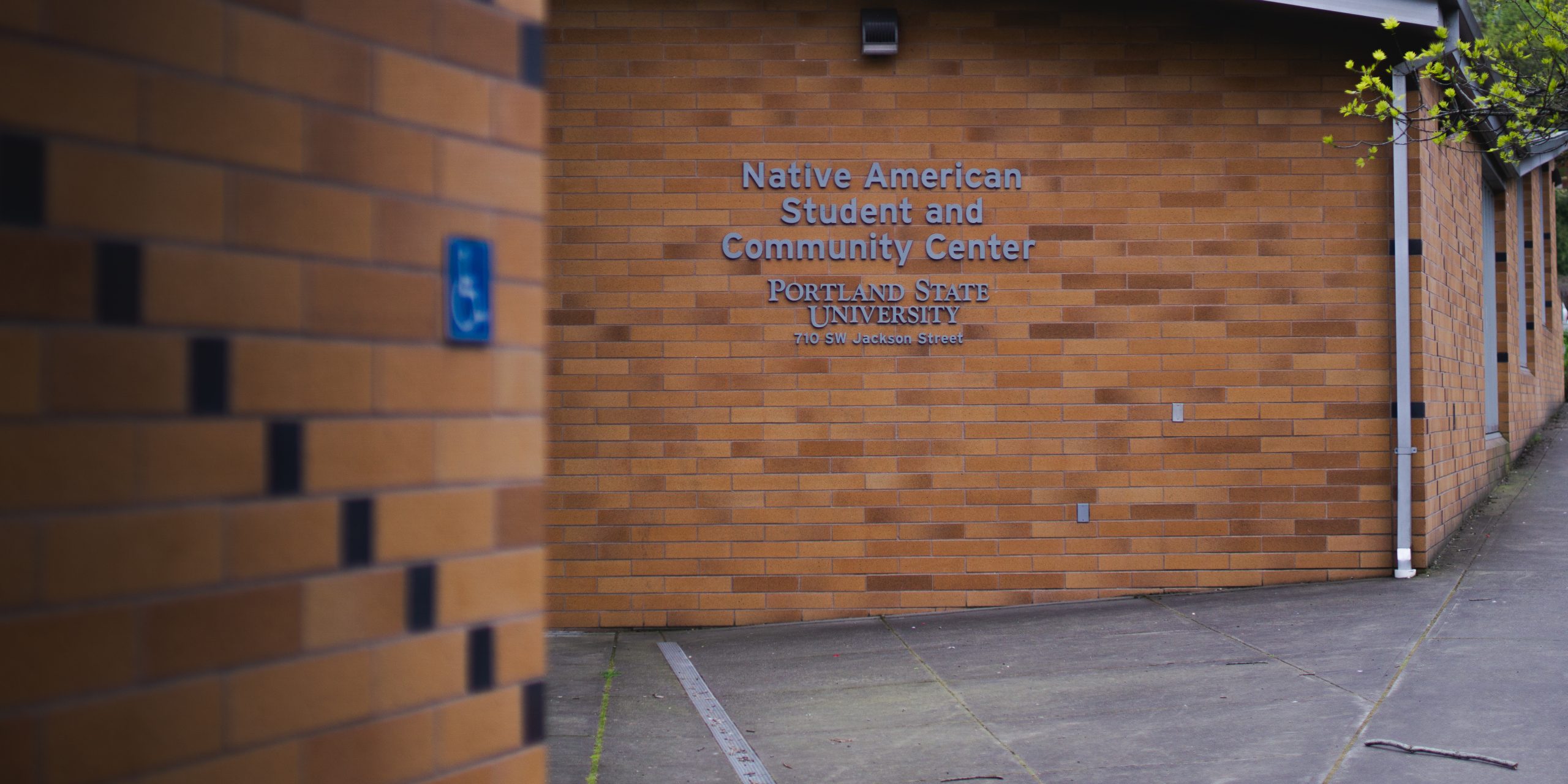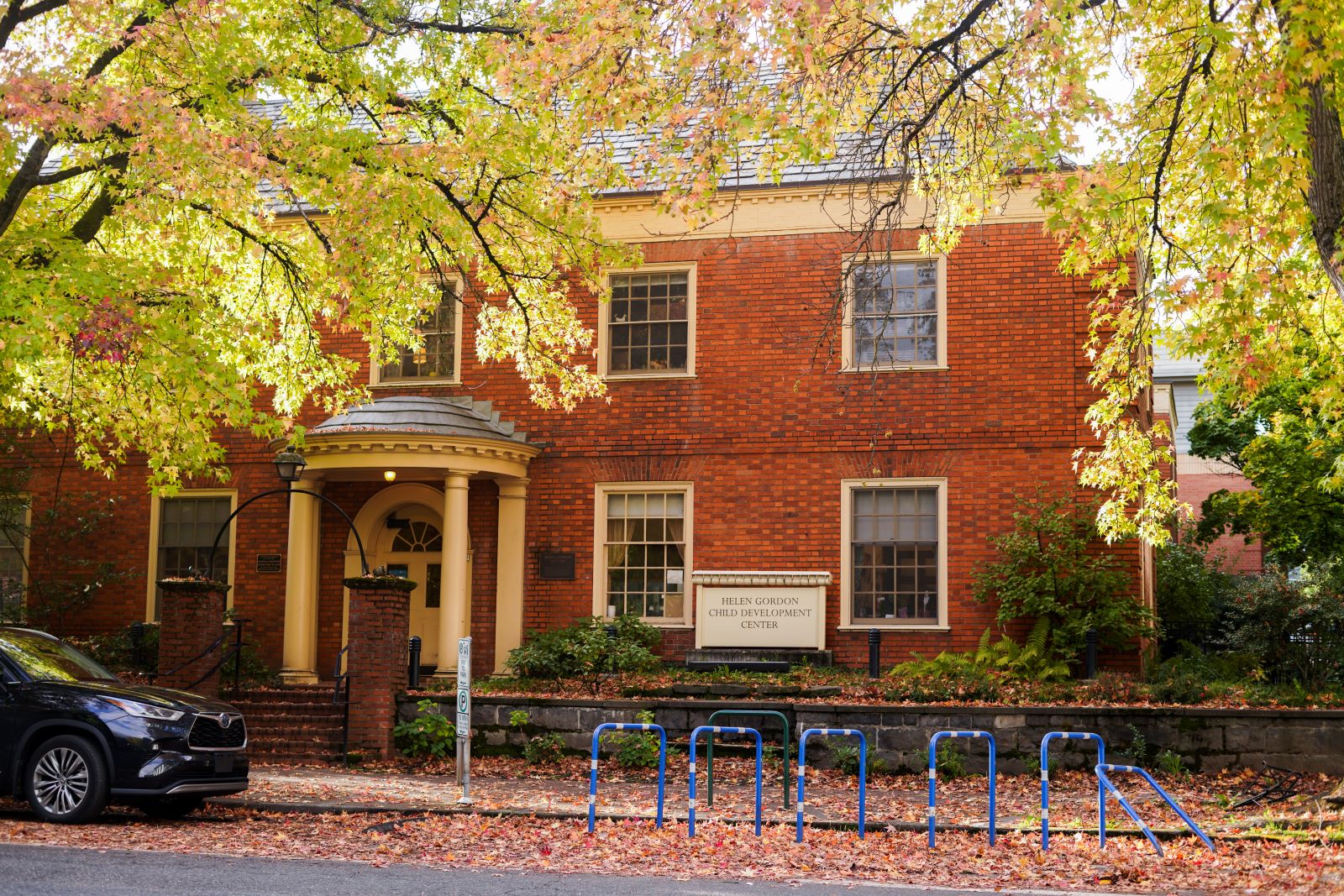Since 59 concert-goers were killed and more than 500 were injured in a meticulously-prepared mass shooting on Oct. 1 in Las Vegas, Nevada, national attention on gun violence has peaked.
As is common after high-profile shootings, gun control debates have pressed on in social media circles. Gun control legislation has pushed forward. National media outlets have released numbers comparing America’s gun violence to the rest of the world’s.
Portland State has been paying attention, too.
PSU’s Campus Public Safety Office, which became an official police department two years ago, said it believes with its training programs, coordination with federal departments, and collective law enforcement experience, it is ahead of the curve when it comes to being prepared for an active shooter on campus.
According to Interim Campus Police Sergeant Gregory Marks, active shooters are “on everybody’s radar now.” However, he added, “as young of a department as we are, we are leaps and bounds [ahead of] other places, because this is something that really concerns us.”
Nonetheless, students advocating for communities of color on campus believe having armed police officers on campus are more of a constant threat than the possibility of an active shooter coming to campus.
“In the scenario of a mass shooting on [PSU’s] campus,” said PSU Student Union member and former activist in the Disarm PSU campaign Olivia Pace, “[a] shooting ending through direct intervention by campus security [is] a very unlikely scenario that [is] far outweighed by the danger and the feeling of unsafeness that is felt by many, many students, faculty and staff.”
Mass shootings plague the United States
When former PSU President Wim Wiewel formed a 2013 campus safety task force and later proposed deputizing CPSO in 2014, he cited the June 2014 Reynolds High School shooting, which left two students dead and one teacher wounded, as one incentive for making the public safety office an official armed police department.
The Guardian reports that mass shootings, defined as four or more people injured or killed by gunshots in a single shooting event, happen almost every day in the U.S. Between Jan. 1, 2013 and Oct. 1, 2017, the day of the Las Vegas massacre, there were 1,516 mass shootings.
The Federal Bureau of Investigation reported that in most cases of active shooter scenarios, which differ from mass shootings in their seemingly blindly-homicidal nature, the shootings often end before law enforcement can intervene.
With that in mind, CPSO, PSU’s emergency management, and the Coordination Assessment Response Education team on campus are working together to make sure PSU as a whole, rather than just the police department, is ready for an active shooter scenario.
In the scenario
No specific active shooter scenario training has been implemented campus-wide, but PSU does encourage community members to follow advice from the City of Houston’s Mayor’s Office active shooter “Run. Hide. Fight.” instructional video. Those potentially affected by an active shooter should try to evacuate the most dangerous areas, hide somewhere dark and quiet and lock the doors, or be prepared to attack an assailant any way they can.
According to Marks, CPSO officers go through “constant” active shooter training. Officer Peter Ward teaches methods from the ALICE (Alert, Lockdown, Inform, Counter, Evacuate) training institute. Both CPSO and Emergency Management disperse training information to department heads across campus.
The most important part of this training, however, according to Interim Chief Vince Elmore, is developing seamless cross-departmental communication.
“Communication is usually one of the first things that breaks down” in something like an active shooter scenario, said Elmore. The PSU Alert system notifies campus community members through phone and email about emergency situations, and CPSO is responsible for making sure outside agencies know how the system works.
However, students need to be enrolled in PSU Alerts to receive emergency information as soon as it is sent out. According to Assistant Director of Emergency Management Emma Stocker, only about one-third of PSU students have signed up through their Banweb accounts to get emergency text messages.
“Among our options, I cannot overstate the importance of text messages,” Stocker wrote in an email. “[We] only send the texts when it really is a critical piece of information, [and] it could be information that saves your life.”
Stocker explained how EM is working on a “wrap-around” plan for an active shooter incident, including designated reunification locations, media gathering points, medical triage locations, cataloging victim and community support resources, and developing volunteer and donation management plans.
Stocker added that EM is in process of developing an active shooter simulation exercise with outside emergency response entities and possibly volunteers on campus.
Behind the scenes, Public Safety Lieutenant Craig Whitten said that most major academic buildings on campus can be electronically locked down in the event of an active shooter scenario. A few years ago, Whitten explained, an armed bank robber was fleeing towards campus, and PSU was able to lock down some of its buildings so the perpetrator could not hide in them.
Additionally, said Elmore, in the last two months CPSO has partnered with the U.S. Department of Homeland Security to evaluate many buildings on campus to see what their limitations might be in an active shooter scenario. With that knowledge, Elmore explained, officers can devise specific tactical plans for those structures.
Does having a police department on campus matter in these situations?
The Portland Police Bureau Downtown Precinct is a little over half a mile from campus. Many of CPSO’s police officers spent decades at PPB, including Elmore, who worked there for 28 years, partly as a Critical Incident Command Officer.
Elmore said having a designated police force that works with public safety officers intimately familiar with PSU’s campus makes it easier for officers to respond to PSU’s specific needs.
However, Pace said PSU as a whole should be addressing the issues that might lead to violence like an active shooter scenario in the first place.
“Whether or not the [Las Vegas] shooter’s motive was to kill certain kinds of people,” Pace said, “I don’t think issues like patriarchy and masculinity and racism are disconnected from what happened in Vegas.”
“I can only speak for myself,” Pace added, but she believes she and other members of PSUSU agree that gun violence is created in part through capitalism, “fetishizing” masculinity, and “the ways in which our government uses racism and xenophobia to separate people and fragment society.”
That means, Pace explained, PSU “should do everything it can” to meet students’ “basic needs” of affordable housing near or on campus, food security, and affordable tuition so students can pursue their educations “without these massive barriers.”
Elmore stressed that CPSO follows “twenty-first century” policing, which includes coordination with mental health teams, like PSU’s CARE team and outside agencies, to try to prevent something like an active shooter scenario from happening on campus.
Additionally, Elmore said, he and other officers, as well as Stocker, have both researched and experienced how shootings like those at Virginia Tech, Umpqua Community College, and the Clackamas Town Center, have a long-lasting emotional impact on their communities. Elmore said CPSO wants to be prepared for “the aftermath” as well.
Campus police officers are protectors of campus before they are warriors against crime, Elmore said. “I just hope it never happens here.”
As Vanguard prepared to go to press, a shooter walked into the First Baptist Church of Sutherland Springs, TX and killed over two dozen congregants.






